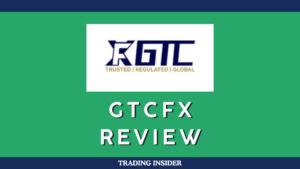U.S. stock futures are experiencing volatility as investors react to President Donald Trump’s announcement of impending tariffs on imports from Canada and Mexico. The tariffs, set to take effect on March 4, 2025, impose a 25% duty on a wide range of goods, aiming to address issues related to illegal immigration, drug trafficking, and trade imbalances.
In pre-market trading, Dow Jones Industrial Average futures edged higher by 0.7%, while S&P 500 futures rose 0.5%, and Nasdaq 100 futures added 0.4%. Despite these gains, market sentiment remains cautious due to concerns over potential economic repercussions from the tariffs.
The technology sector, in particular, is under pressure. Nvidia’s stock fell 3.1%, breaking its 50-day moving average, ahead of its earnings report scheduled for Wednesday. Investors are closely monitoring the company’s performance, especially its sales outlook and developments related to its Blackwell AI chip.
Palantir Technologies also experienced a significant decline, with shares dropping 10.5%, marking a 28% decrease from its 52-week high. The broader market saw mixed results, with the Dow Jones rising 0.1%, the S&P 500 falling 0.5%, and the Nasdaq Composite decreasing by 1.2% in the previous session.
The upcoming tariffs have prompted concerns about potential retaliatory measures from Canada and Mexico, which could further impact global trade dynamics and market stability. Investors are advised to monitor developments closely, as the situation remains fluid and could influence market trajectories in the near term.
In addition to trade tensions, market participants are awaiting the Federal Reserve’s upcoming inflation report, expected on Friday. The report could provide insights into the central bank’s future monetary policy decisions, adding another layer of complexity to the current market environment.
As the March 4 deadline approaches, the interplay between trade policies, corporate earnings, and economic indicators will likely continue to drive market volatility. Investors should remain vigilant and consider diversifying their portfolios to mitigate potential risks associated with the current geopolitical and economic landscape.













